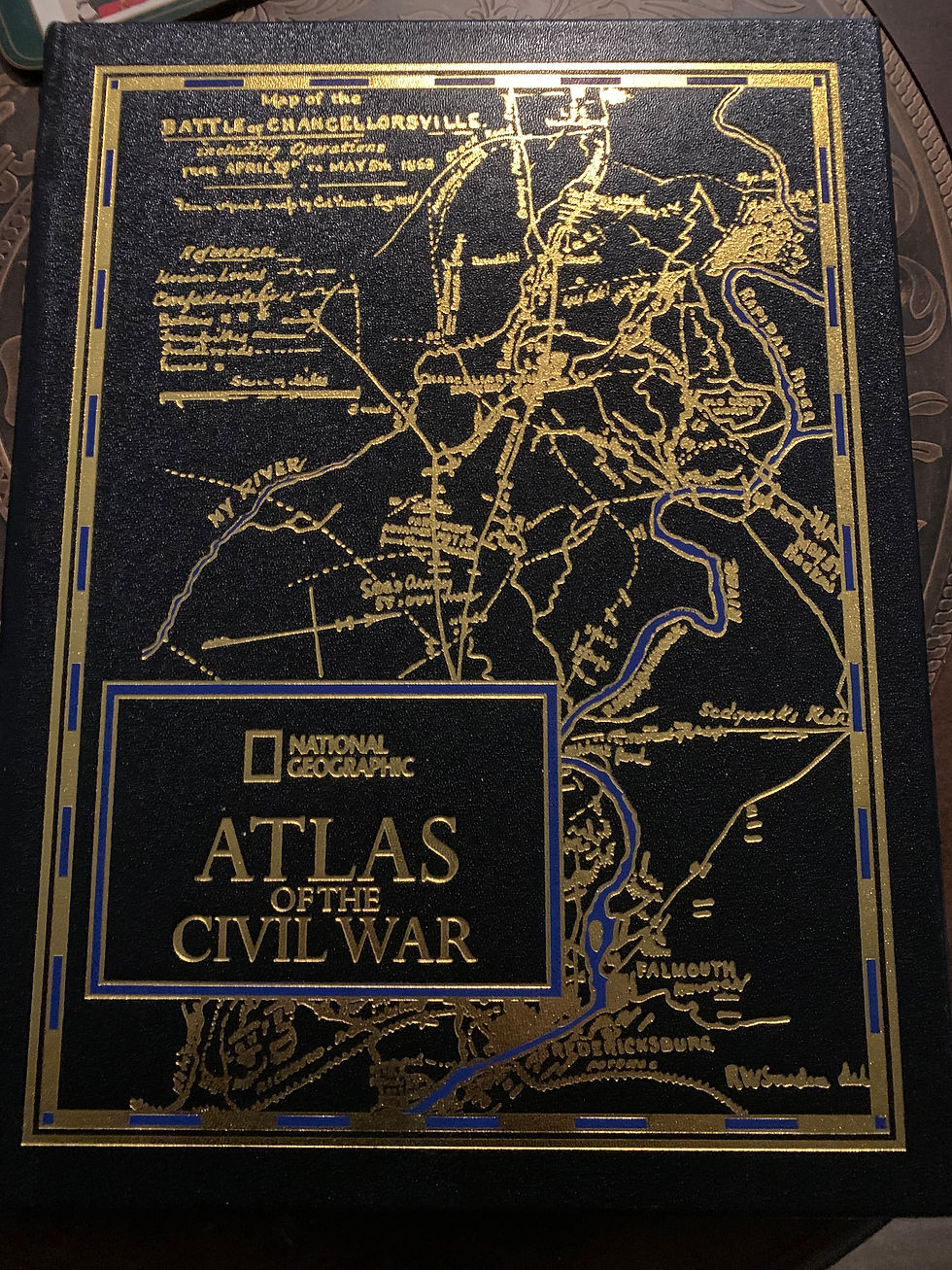Pale Fire
- Brian Johnson

- Mar 10, 2023
- 3 min read
Updated: Nov 21, 2024
I recently re-read "Pale Fire" by Vladimir Nabokov. I had initially read only parts of the book, though, at the time not understanding what the book was. It includes a 999 line poem, ostensibly written by a John Shade with a forward and extensive commentary by a gentleman who had a brief friendship with him near the end of his life, Charles Kinbote. One thing that makes this book special is that John Shade is fictional. So is Charles Kinbote. As a result, there are multiple narratives going on throughout the book at any one given time.

'Pale Fire,' in the commentary, goes into great detail about a kingdom named Zembla, also fictional, that had recently undergone a revolution. Kinbote had spent a great deal of the few weeks he was friends with Shade discussing the revolution, the escape of their King, and related side-stories to this tumultuous and dramatic time. Indeed, the commentary of the book is more focused on that than it is on the poem that it is commenting on. He often summarizes Shade's verse by saying "etc." or makes a commentary on a single word from the poem that has little to do with its singular context in the poem and instead has to do with Kinbote's own life and thoughts. Kinbote is apparently convinced that he had significant influence on Shade's last poem and that Shade's wife conspired to minimize this influence as her husband was writing it. Kinbote wanted himself, and the plight of his home kingdom of Zembla, to be immortalized in this poem.
There are some particularly moving passages both in the poem itself and in its commentary. First, from the poem:
"My God died young. Theolatry I found
Degrading, and its premises, unsound.
No free man needs a God, but was I free?"
And, later, referring to his own daughter, Hazel, Shade writes:
"She took her poor young life. I know. You know."
The poem is structured in four Cantos of varying length and uses rhyming couplets. That presents a problem, though, in that there are an odd number of lines in the poem, which isn't conducive to there being only couplets. The unwritten 1,000th line of the poem is reportedly the same as the first line of the poem. It works in that it rhymes and works further in that it provides a unique circular structure that repeats itself.
Not to be outdone, though, Kinbote has some moving language of his own in the forward and commentary. I'll note a couple of passages from the commentary here that were particularly striking for me. First, "We who burrow in filth every day may be forgiven perhaps the one sin that ends all sins." This was in reference to Hazel's suicide at or around the age of twenty-three alluded to above.
And, regarding art itself, Kinbote notes: "...but the basic fact that 'reality' is neither the subject nor the object of true art which creates its own special reality having nothing to do with the average 'reality' perceived by the communal eye." I can't help but agree with this sentiment. Well put.
When I initially read this book in my twenties, I blew off the forward and the commentary entirely thinking it was written by some ivory tower intellectual and wanting to interpret the poem for myself rather than read about the poem from someone else's perspective. I did myself a disservice in doing that, though, as I later learned. This book has many more layers to it and is a moving and complicated work. I highly recommend it and further recommend reading the whole thing rather than a small portion of it. It only gets better as a complete piece.



Comments